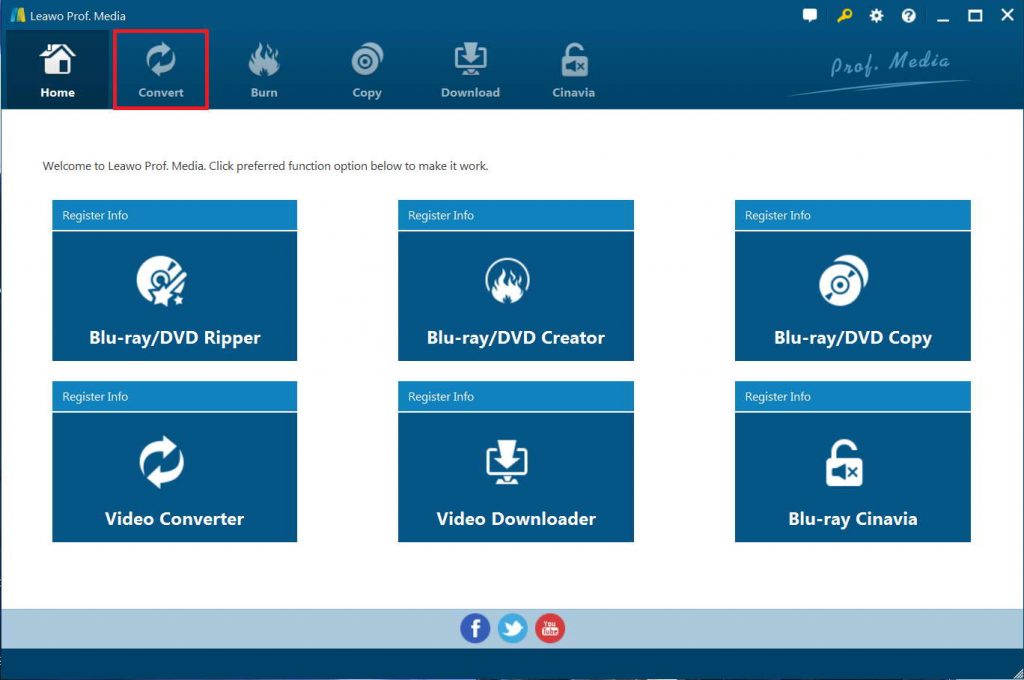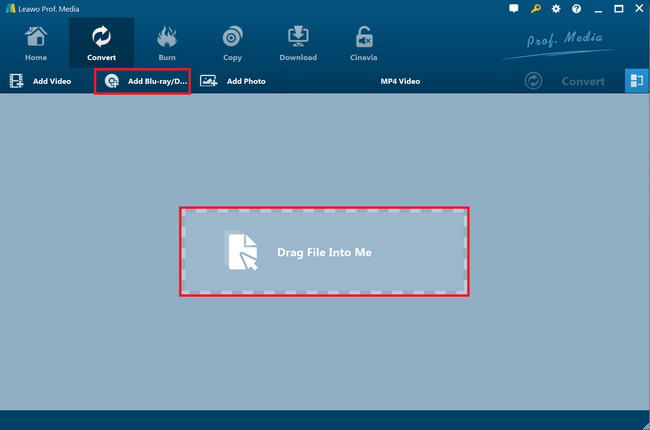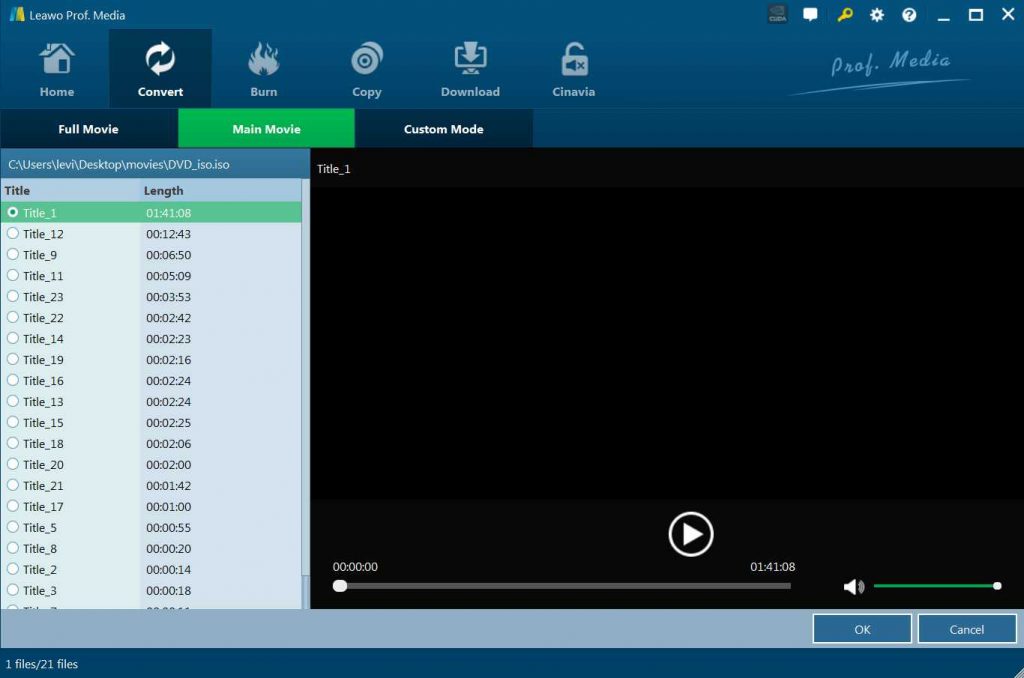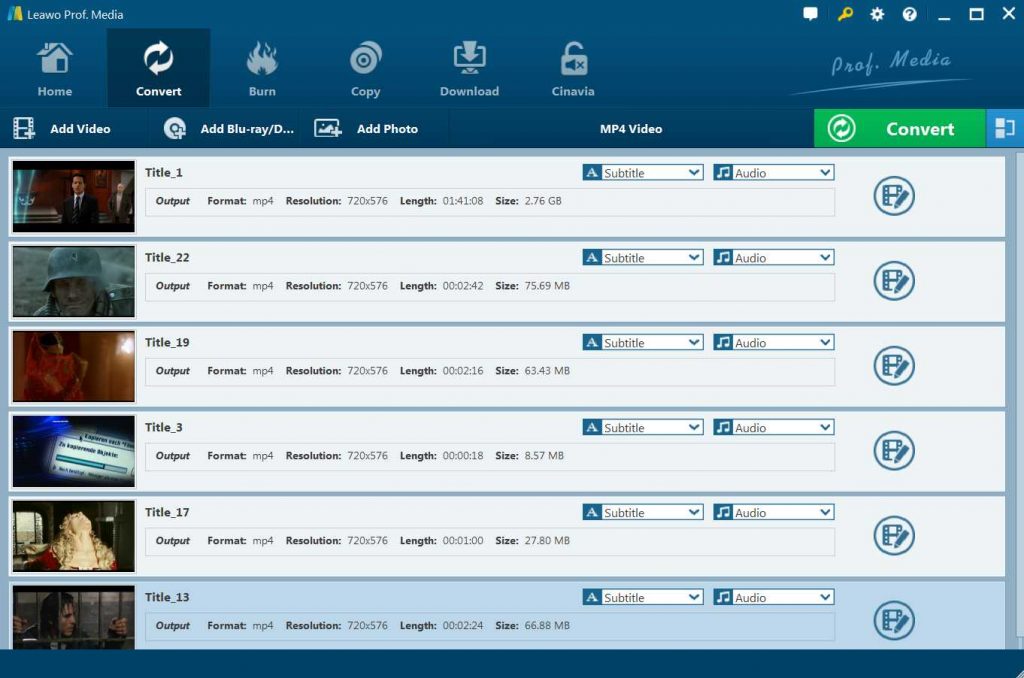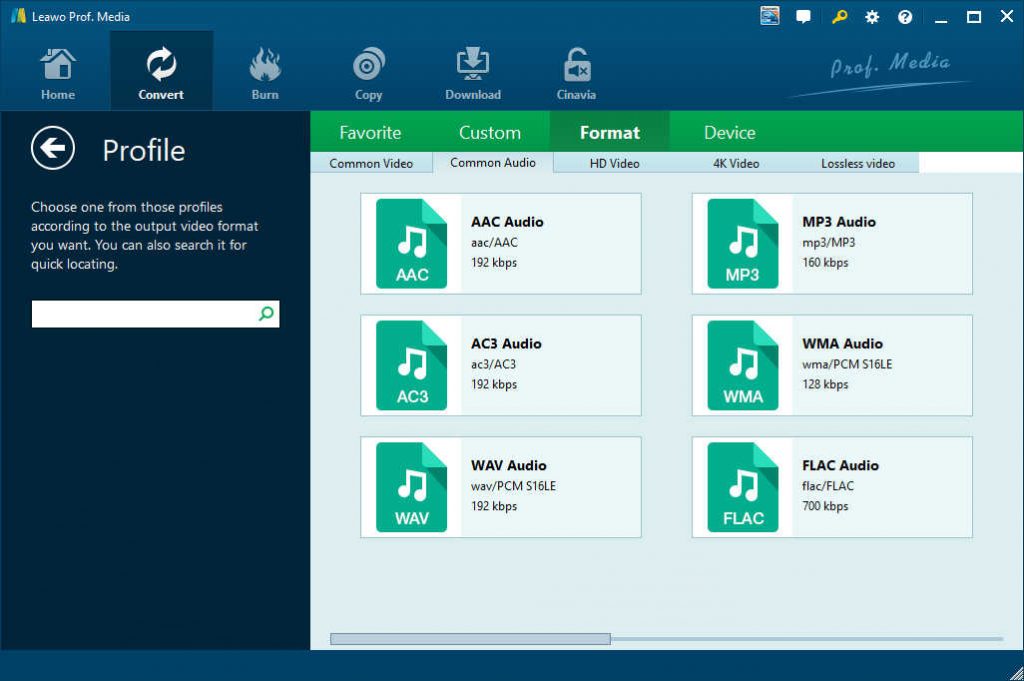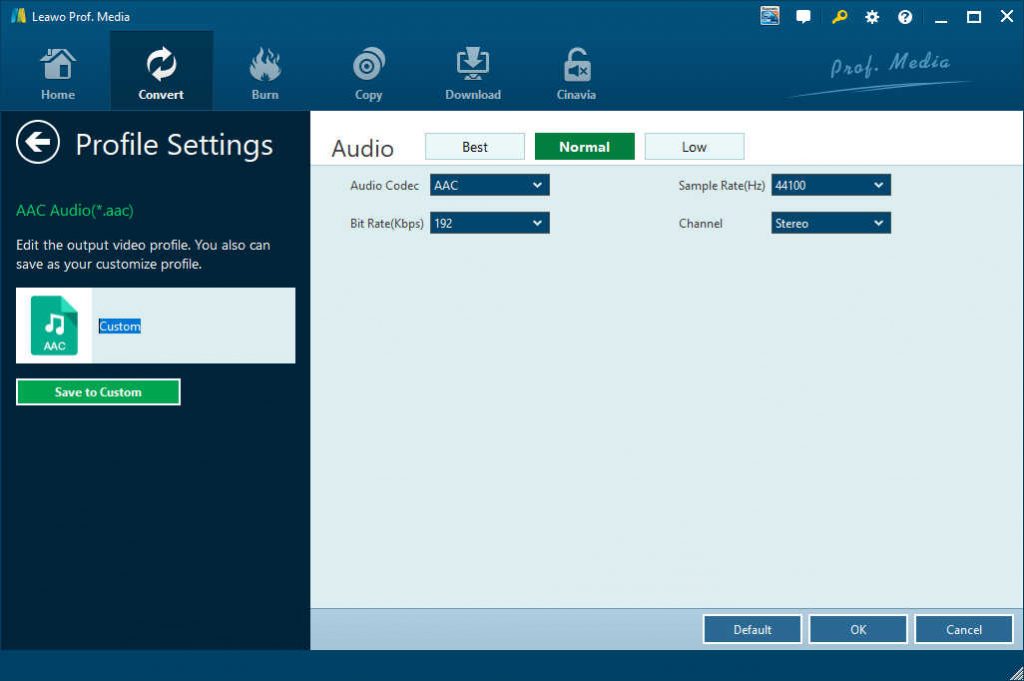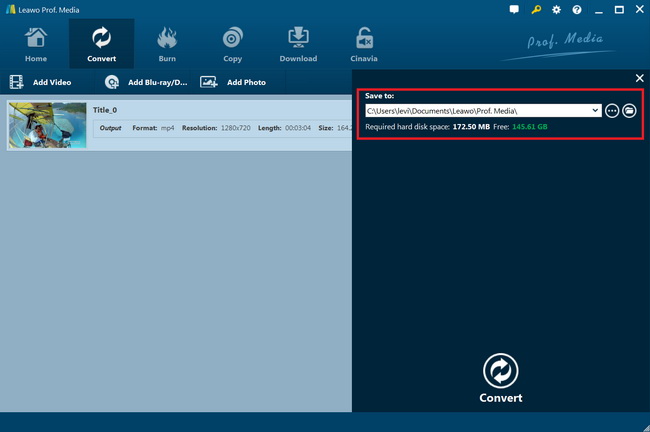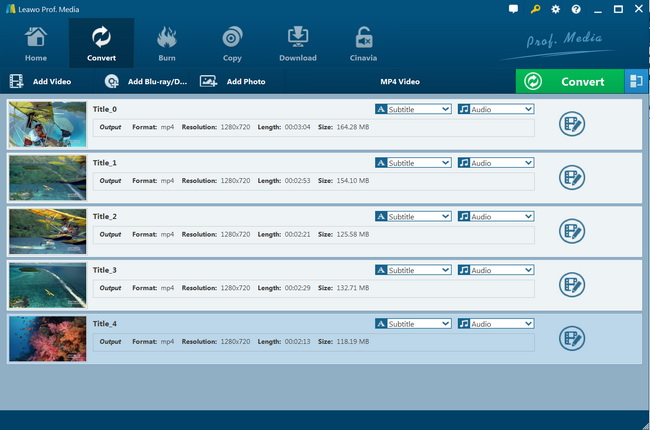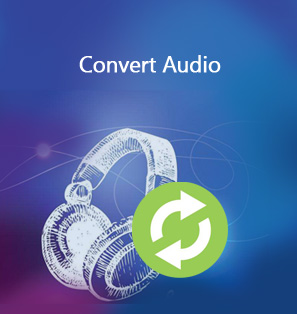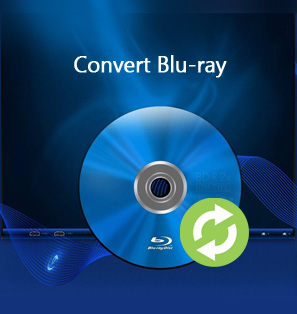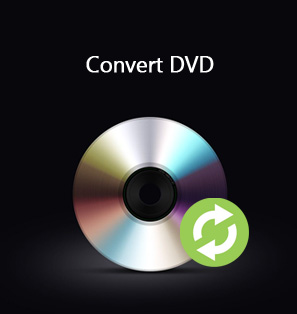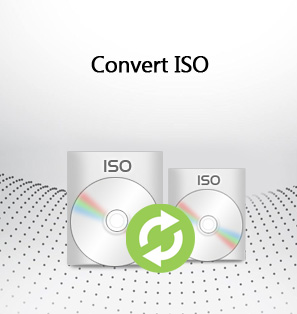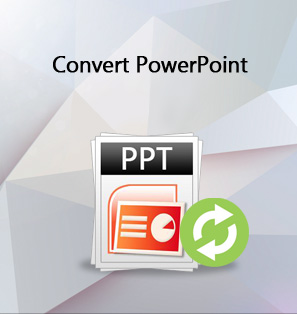“Not sure if I should use AC3 or AAC - working with some stuff in pcm format. I want to compress it to save space but I’m not sure which is better. I’ve heard AAC is more efficient than AC3 but how much? Like say is a 256kbit AAC file as good or better than a 384kbit AC3 file, when both are compressed from the same source?”
Many people might have the same questions: they don’t know which to choose from AC3 and AAC audio files when they are trying to extract audio files from video or even Blu-ray/DVD files. These 2 audio file formats have been confusing people for long. Well, in this guide, we would like to show you the differences between AC3 and AAC, their advantages and disadvantages and how to extract audio files from DVD files to save in AC3 or AAC files. You will know which one to adopt according to your own needs after reading this tutorial.
Part 1: Know about AC3 or AAC
Firstly, let’s learn what AC3 and AAC are. AC3, fully known as Audio Coding version 3, is a lossy audio format developed by Dolby Laboratories. Originally, AC3 is widely used in the 5.1 acoustic channels, much like the last generation Dolby Pro Logic. AC3 can carry 6 separate channels while Dolby Pro Logic provides the mix surround channel. AC3 is widely used in the laser disc and DVD limited between 384 kbps and 448 kbps. Besides, it is used for films at 640 kbps.
AAC, also called as Advanced Audio Coding, is a lossy audio format defined by the MPEG-4 standard. It is designed to be the successor of MPEG Layer III (MP3). AAC can stream any bitrate of AC3 and compress data better but it is more complicated than AC3. However, AAC is able to excellently output 400 kbps for 5.1 audio channels and 180 kbps for stereo.
Unless you are asking about a film/DVD/Blu-Ray project, there is likely no reason at all to use AC3. The AC3 Dolby Digital format is used almost exclusively with video, and often requires either specially licensed software or hardware to encode or decode.
Now, if you're still asking, and you are working on a film/DVD/Blu-Ray project, then you should be aware that although AC3 is generally considered a "lossy" format, not all AC3-encoded files are lossy-compressed. You can encode with AC3 in a lossless format which, of course, would be superior to encoding with lossy AAC.
Finally, if you're still asking which codec will sound better, assuming you're encoding the audio at the same bitrate with either AAC or AC3, it's probably going to be a very close call. But AAC might be a little bit better, mainly because it came out a couple of years after AC3 and proved to be a superior codec in every way compared to MP3 (of which AC3 is a contemporary and to which it's very similar).
Part 2. Detailed Comparison between AC3 and AAC
What are the advantages and disadvantages of AC3 and AAC? Well, we have made a very detailed comparison table below to show you their pros and cons respectively in a clear and simple way:
|
|
Advantages |
Disadvantages |
|
AAC |
1. As part of MPEG-4 specs, AAC is an international standard approved by the ISO. It supports several sampling rates (8000-96000 Hz), bit depths, and multichannel (up to 48 channels). |
AAC comes in different object types like AAC LC, AAC HE, AAC PS etc., which will lead to many portable players (only support LC) can't play these valid AAC files. |
|
AC3 |
1. AC3 provides only full range channels and its sound quality is really much better. It is also backward compatible. |
Max support for 5.1 channel audio CDs, limited to 448 kbps maximum for Digital Dolby. |
So far, AAC is the default audio format for YouTube, iPhone, iPod, iPad, Nintendo DSi/3DS, iTunes, DivX Plus Web Player and PlayStation 3. It is well supported by PlayStation Vita, Wii (with the Photo Channel 1.1 update installed), Sony Walkman MP3 series and later, Sony Ericsson; Nokia, Android, BlackBerry, and webOS-based mobile phones. And a majority of in-dash car audio system manufacturers will adopt AAC.
AC3 (Dolby Digital) is widely used in HDTV broadcast, DVDs, Blu-ray Discs and game consoles.
As part of the MPEG-4 standard, AAC codec makes small digital audio files so that it can store a larger amount of audio files using less space while preserving sound quality. Normally, AAC can produce frequency ranges from 8 to 96 kilohertz. While AC3 provides a total bit rate of 384 kilobits per second. Its sample rates can up to 48 kilohertz. And if you want to enjoy the full effect of the AC3 track, you should choose an amplified theater system which supports Dolby Digital.
Part 3. Extract AAC/AC3 Audio Tracks from DVDs with Leawo DVD Ripper
We can extract AAC/AC3 audio files from DVDs with various DVD to audio converters. Among all these DVD to AAC/AC3 audio converters, Leawo DVD Ripper is the best DVD to audio converter that could help you easily extract audio files from DVD to save in AAC/AC3 file format as you like.
As one of the best DVD ripping software tools, Leawo DVD Ripper could convert DVD to video and extract audio off DVD movies to save in 180+ formats like MP4, MPEG, WMV, MOV, MKV, FLV, RMVB, AAC, AC3, AMR, M4A, MP3, etc. for multiple media players and portable devices. It enables you to directly extract audio files off DVD movies and then save in either AAC or AC3 file format according to your own needs. You could even adjust the output AC3/AAC audio file parameters including audio codec, bit rate, sample rate and channels. The best thing is that Leawo DVD Ripper comes with advanced disc decryption technology, which could break disc copy protection and remove disc region restrictions.
The below guide would show you how to convert DVD movies to AC3/AAC audio files with Leawo DVD Ripper. But before that, download and install Leawo DVD Ripper on your computer. Meanwhile, get source DVD movies ready for converting.
Note: Leawo DVD Ripper is built into Leawo Prof. Media as a module now.
Step 1: Enter DVD Ripper module
Kick off Leawo Prof. Media and then enter the “Convert” module.
Step 2: Import source DVD files
On the “Convert” interface, click “Add Blu-ray/DVD” to import DVD disc, folder, or ISO image file.
Note: Leawo DVD Ripper offers 3 different content loading modes for you to import DVD file(s): Full Movie, Main Movie and Custom Mode. Full Movie allows you to import all titles, and Main Movie only imports the longest title by default while you can freely choose titles for importing under Custom Mode. Choose a mode according to your needs and click “OK” button to start importing source DVD files.
Once source files are imported, you can preview source files via the inbuilt media player, select subtitles and audio tracks, edit source DVD files, etc.
Step 3: Choose output profile
Click the button next to “Add Photo” button and then choose “Change” option to enter the “Profile” panel. Then choose either AC3 Audio or AAC Audio as output profile from “Format > Common Audio” group.
Step 4: Set video and audio parameters (optional)
As mentioned above, Leawo DVD Ripper enables you to adjust parameters of output AAC/AC3 profile, including: Audio Codec, Bit Rate, Channel, Sample Rate, etc. You could enter the Profile Settings panel by clicking the same drop-down box and then clicking “Edit” option instead of “Change” option. You could adjust bit rate here according to your own needs.
Step 5: Set output directory
After setting output profile, click the green “Convert” button. Then, on the popup sidebar, set output directory in the “Save to” button. Required disk drive space will be viewable here.
Step 6: Convert DVD to AAC/AC3 audio
Finally, click the “Convert” button at the bottom to start converting DVD movies to AC3/AAC audio files.
Converting DVD movies to AC3/AAC files would be extremely easy and fast. Actually, as a professional DVD converter, Leawo DVD Ripper could convert DVD movies to MP4, YouTube, MKV, MOV, etc. for various uses. It could also edit DVD movies and create 3D movies out of 2D DVD movies with it.
Part 4. Conclusion
It’s quite obvious that you need to make your choice according to the actual needs you want from AC3 and AAC. AAC is a more advanced lossy audio format comparing with AC3. It will produce better audio quality than AC3 with the same bitrate, especially on low bitrates. The main advantage of using AC3 is for backward compatibility on older Dolby Digital equipments. To get audio files off DVD movies and save in AC3/AAC format, Leawo DVD Ripper is a wonderful choice.


